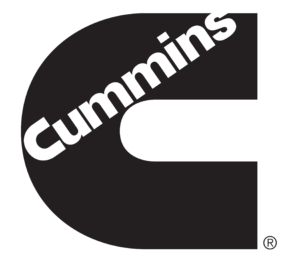Target Catalog
Deploy/Retract Handling Device and Gather Package
For these functional targets, power was chosen as a metric because these functions should not use a significant portion of battery life. All three have targets to use less than 3% of battery life, which would leave over 80% of battery for flight and unloading the package, assuming the three functions were used two times for two deliveries.
Secure Package
Uses Degrees of Freedom or DOF as a metric, with a target of zero DOF. This is because the package should be fully constrained and unable to move to ensure the safety of the system and people nearby it during use.
Unload Package
Uses force as a metric with a target of less than 5 lbf of additional force beyond the package weight as it is unloaded. If the package was fragile and experienced a large force or was unloaded ungently its contents could break. This assumes the measurement of vertical forces only.
Indentify Package
Once within range of the package, the drone should be able to detect the package and identify its label within 15 s. This leaves enough time for the drone to fly to the target, collect its data, and process the desired information.
Analyze Dimensions
Length was a simple metric to choose for this function since it is to assess the different lengths of the package. Our target is to be within 2 inches of each actual dimension because this will help the handling system to gather and secure the package quickly and safely.
Weigh Package
Determining the weight of the package is done so that the drone can make decisions like optimal flight path. To find the weight, the system will measure it using a manipulated scale onboard. It was specified by the customer that the target should be ± 2 lbs.
Confirm Package
Confirming the package will consist of the computer processing the entered information about the package and comparing that to what it senses to ensure the right package and contents are being picked up. Since this is a software task time was used as a metric, and a target of less than 5 seconds after the system gathers all necessary information was decided on.
Weight of Systems
The maximum weight of the added systems was based off of the maximum payload of the drone. This was done using the specifications on payload for the Tarot 680 hexacopter drone, subtracting the maximum package weight, and adding a factor of safety. The weight of systems, which includes, microcontroller, battery, grabbing mechanism, and other pieces were targeted to be under 3lbs.
Sensor Effectiveness
The sponsor asked the team to implement the least number of sensors to complete the job on this project so sensors will be purchased with efforts to use them in multiple functions. Due to the variety of tasks at hand, we set a basic target to have the average sensor involved in more than one function.
Mechanism Area
Mechanism area was determined by measuring the undercarriage of the Tarot 680 drone. The mechanism is limited by the size of the drone because it cannot interfere with the propellers or landing gear. Motors across from each other sit exactly 695mm apart, and subtracting the 6.5in radius of recommended propellers leaves just over a 20 inch diagonal length that would not block lift if something were placed there. Assuming a square with a 20 in diagonal would provide the max area, the sides of that square would be about 14.14 in. Therefore, the free area underneath the body of the drone is approximately 200 in2.
Mechanism Reach
The target for mechanism reach was set to 30 in because this reach allows for over two times the dimensions of the largest package the drone will pickup.

